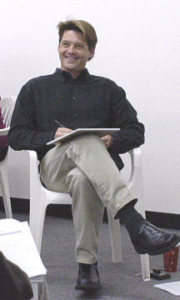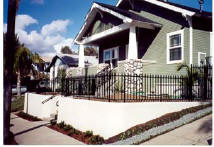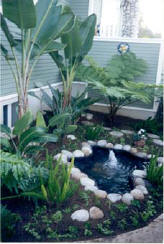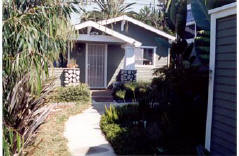How the Field of Environmental Psychology Contributes to the Field of Design
|
| Kopec’s talk will cover a basic understanding of human preferences derived from many different elements; evolution, gender, anthropomorphizing, culture, subliminal imaging, Gestalt, and meaning of Place. A better understanding of human needs will help us respond appropriately to the built environment.
|
|
|

 David Kopec has a Ph.D. in Environmental Psychology with a concentration in Perception and Design, an M.S. in Community Psychology, B.S. in Public Health and studied the principles and design practices of Feng Shui in China. Dr. Kopec is also certified by the National Commission of Health Education Credentialing (NCHEC) in Health Education and is a division board member of (NCHEC). Dr. Kopec is a partner with Pacific Keys, LLC and ENDE (Environmental Design) solutions, a full-time professor at the New School of Architecture and Design, a core faculty member of Springfield College and a regular columnist for Realty Times.
David Kopec has a Ph.D. in Environmental Psychology with a concentration in Perception and Design, an M.S. in Community Psychology, B.S. in Public Health and studied the principles and design practices of Feng Shui in China. Dr. Kopec is also certified by the National Commission of Health Education Credentialing (NCHEC) in Health Education and is a division board member of (NCHEC). Dr. Kopec is a partner with Pacific Keys, LLC and ENDE (Environmental Design) solutions, a full-time professor at the New School of Architecture and Design, a core faculty member of Springfield College and a regular columnist for Realty Times.

